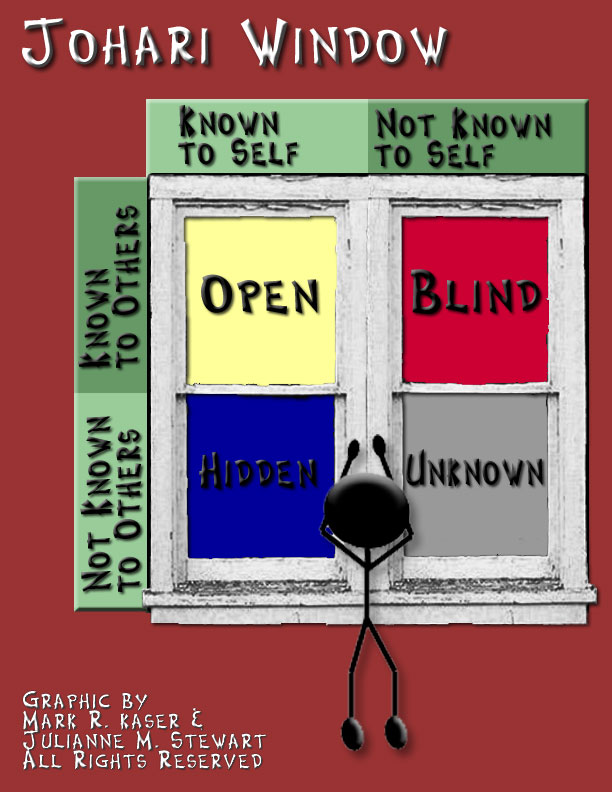In chapter 8, the author mentions that the good leaders lightens up the team, which is different from being optimistic. I thought that by lightening up the team, people would be more relaxed to communicate with each other, which is related to chapter 6, “Core Team Value”.
Also relating to this chapter, I did more research on how to lighten up the team. As a result, I came to the website which introduces how to use humor in the workplace. In this website, it said that;
Here are few “guiding lights” to help you manage to have more fun in your organization.
- Take Yourself Lightly. Too many of us fall victim to the dreadful disease “acute professionalism”. The symptoms include a furrowed forehead, high levels of stress and blocked creativity. The cure is simple – learn to take yourself lightly, while still taking your job seriously. When you laugh at yourself, you demonstrate your humanity and openness and encourage others to do likewise. As an added bonus, you take away anyone’s ability to laugh at you. As author Bob Ross reminds us, “Leaders without a sense of humor are like a lawn mower at the cemetery – they have lots of people underneath them, but nobody is paying them any attention.”
- Be Sincere. Dogs know when we’re not sincere, so there’s a good chance our employees will too. If you show up Monday morning with a transplanted Robin Williams persona, staff may be cynical about your newfound attempts to lighten the office mood. So be yourself. Practice sharing your own unique brand of humor and only do what feels comfortable for you.
- Think Small and Simple. The biggest factors that contribute to employee morale don’t cost a lot of money or take a lot of energy; it’s the small things done on a consistent basis that matter. So look for easy opportunities to introduce a little humor – put up a humor bulletin board, create a humor room (Kodak Eastman and Hewlett Packard have them) include humorous quotes in correspondence and practice spontaneous humor (which as stand-up comedians will tell you, is the most effective form of humor).
- Practice Relevant Humor. The more you celebrate humor specific to your office, team or organization, the more meaningful the humor is. Relevant, work-related humor becomes part of the corporate history and helps teams to bond around shared experiences. Start collecting a humor file of quotes, cartoons, funny customer questions and anecdotes that relate to your organization.
- Practice Safe Humor. Humor can break down barriers as easily as it can builds walls, so make sure the style of humor you practice is “safe”. Non-sexist, non-racist, non-religious humor is the order of the day. Also be aware of times when humor may not be appropriate. The safest form of humor? Laughing at yourself.
- Hire for Humor. If you want to lighten up the office then recruit people with a positive sense of humor. Southwest Airlines, recipient of a “Humor in the Workplace” award, hires for humor, regardless of whether it’s a front line customer service agent or mechanic, so that every employee will fit their unique corporate culture. Even NASA has suggested that one of the most important attributes of future astronauts will be a great sense of humor.
- Make Fun a Priority. It’s easy to agree with the idea that we need to have more fun in our organizations, after all it’s one of those feel-good, motherhood statements. There’s only one problem – this little thing called life keeps getting in the way. If you’re going to take humor seriously then treat it like any other priority – tie into your mission statement (the corporate motto for Grimes Aerospace based in Columbus, Ohio, is “Growth, profit and fun”), list fun as one of your core values, offer training in workplace humor, include it in goals and work plans, and yes, evaluate it every now and then by asking the simple, yet all important question – “are we having fun yet?”
- Give Yourself and Your Employees Permission to Play . . . and then get out of the way. Remember, as a leader, people look to you to set the tone for the office. You have the power to decide whether you’re going to be a roadblock on the inspiration highway or a catalyst for creativity and positive energy.
Copyright Michael Kerr, 2006
Michael Kerr, “The Workplace Energizer,” is an international speaker, workshop facilitator and the author of “You Can’t Be Serious! Putting Humor to Work.” You can reach Michael at 1-866-609-2640, or drop by electronically at mike@mikekerr.com or surf on over to www.mikekerr.com
By reading these tips, I realised that humor is very important to the workplace, however, I do not think it is easy for leaders to “think” to be humorous.






